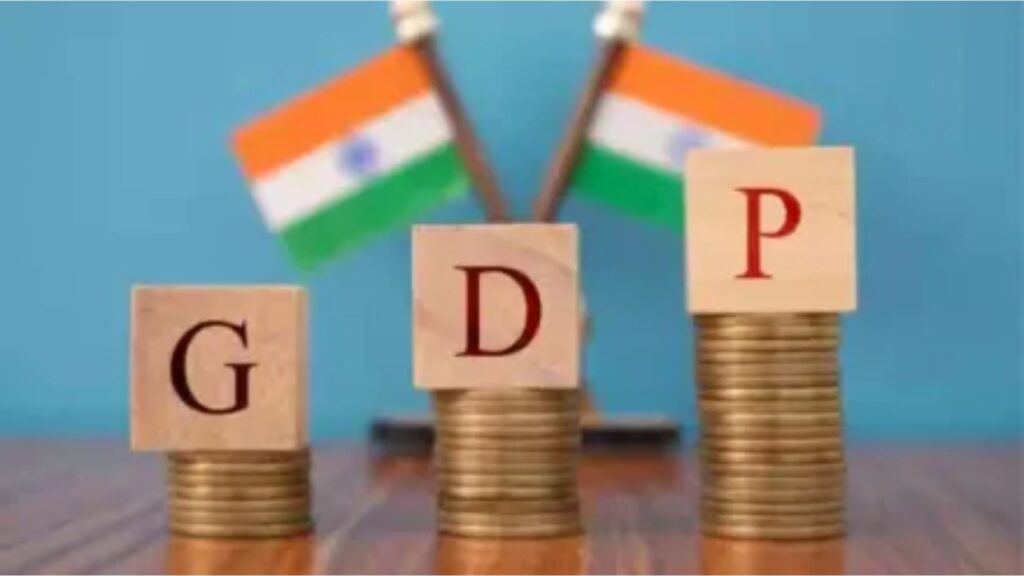
India’s economic momentum eased in the final quarter of the fiscal year 2024-25, with GDP growth moderating to 7.4%, dragging the overall annual growth rate down to 6.5%, according to official data released by the National Statistics Office (NSO) on Friday.
The annual GDP growth, although slower than the 9.2% recorded in 2023-24, slightly surpassed market expectations of 6.3%, buoyed by a relatively strong January-March quarter. The NSO had earlier projected the full-year growth at 6.5% in its second advance estimates, a figure reaffirmed in Friday’s release.
In comparison to the 8.4% expansion seen in the final quarter of the previous fiscal year, the latest quarterly growth represents a deceleration, attributed in part to subdued government spending and softer consumer demand in urban areas.
The Gross Value Added (GVA), which excludes the impact of taxes and subsidies to offer a clearer picture of economic activity, rose by 6.8% in Q4 of FY 2024-25, up from a revised 6.5% in the preceding quarter.
Sector-Wise Performance
Among sectors, the construction industry remained a standout performer, growing at 10.8% in Q4 and projected to grow 9.4% for the full fiscal year. Public Administration, Defence & Other Services followed closely with an 8.7% quarterly growth and an 8.9% annual estimate. Financial, Real Estate & Professional Services also posted solid gains with a 7.8% growth in the March quarter and a projected 7.2% rise for the year.
Consumption and Investment Trends
Private Final Consumption Expenditure (PFCE), a key driver of demand and accounting for around 57% of GDP, grew by 7.2% in FY 2024-25—an improvement over the 5.6% growth seen in the previous year. However, growth in consumer spending moderated to 6% year-on-year in the March quarter, from a revised 8.1% in the previous quarter. While rural consumption showed signs of recovery, particularly for farm equipment and durable goods, urban demand remained tepid.
On the investment front, capital expenditure rose by 9.4% during the final quarter, although some private players were cautious amid ongoing global uncertainties, including trade tensions triggered by U.S. President Donald Trump’s tariff policies.
Government expenditure, on the other hand, contracted by 1.8% in Q4, a notable drop from the 9.3% increase registered in the previous quarter, which likely weighed on overall economic activity.
Outlook
Despite external challenges, including geopolitical risks and fluctuating global trade dynamics, both the Reserve Bank of India and the Finance Ministry maintained their full-year growth estimate at 6.5%. The Ministry’s March 2025 report had credited strong agricultural output and robust services sector performance for underpinning economic resilience.
With retail inflation dipping to a six-year low of 3.16% in April and a favorable monsoon outlook ahead, analysts expect inflation to remain under control. This may pave the way for the central bank to consider another policy rate cut in the upcoming monetary policy meeting.
India’s economy, though slowing from the high growth rates of previous years, continues to remain one of the fastest-growing among major global economies, supported by domestic demand, infrastructure spending, and a steady reform agenda.






